Letting customers decide how much to pay for a product seems like a surefire way to go out of business, although bands like Radiohead have used the strategy with limited success.
So does it really work? To find out, scientists tested pay-what-you-want (PWYW) pricing in three experiments. In the first, some boat tour riders were given the option to pay $15 for a photo of themselves, while others were asked for $5, and still others were asked for PWYW. More people bought photos under the $5 plan, about 64%, than when they could name their own price, about 55%. (Only 23% opted for the $15 photos.) Scientists think that when people have to decide on a fair price, fear of looking cheap keeps some from purchasing altogether, they report online today in the Proceedings of the National Academy of Sciences.
In a second trial, researchers found that attendees at an amusement park paid five times more for a photo of themselves on a ride (such as the one above) under PWYW pricing if told that half the proceeds would go to charity. And in the third experiment, guests at a restaurant with PWYW pricing either paid someone directly for their meal or paid anonymously by slipping money into a box near the door on their way out.
Customers paid about 13% more when they were anonymous than when they paid someone directly. In all cases, the team says, PWYW seems to work because we want to feel good about ourselves when doing it.
See more ScienceShots.
ScienceNOW, the daily online news service of the journal Science